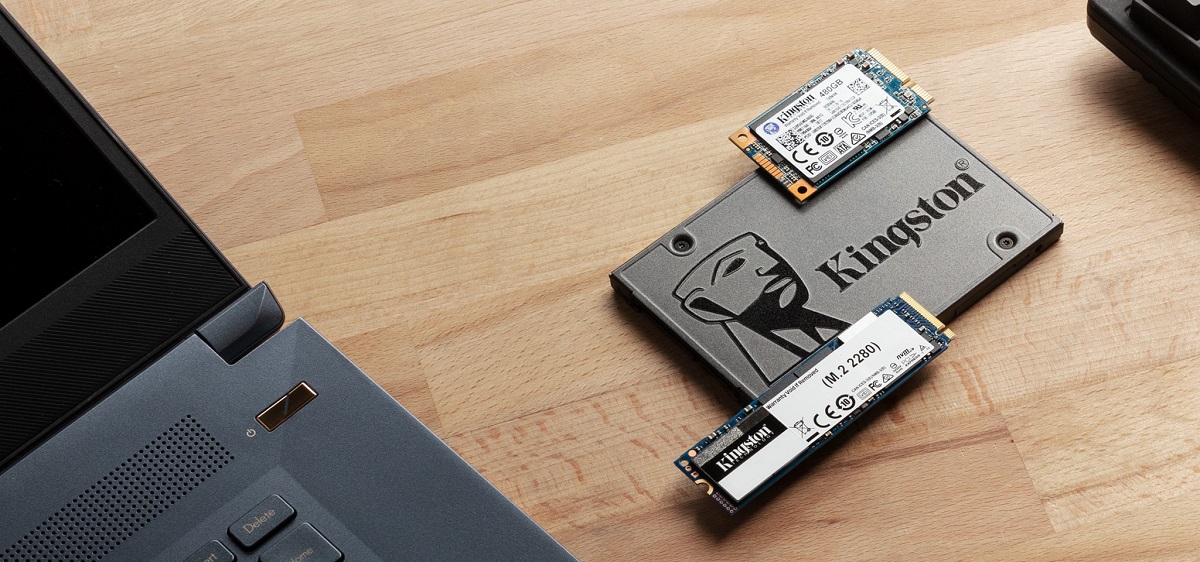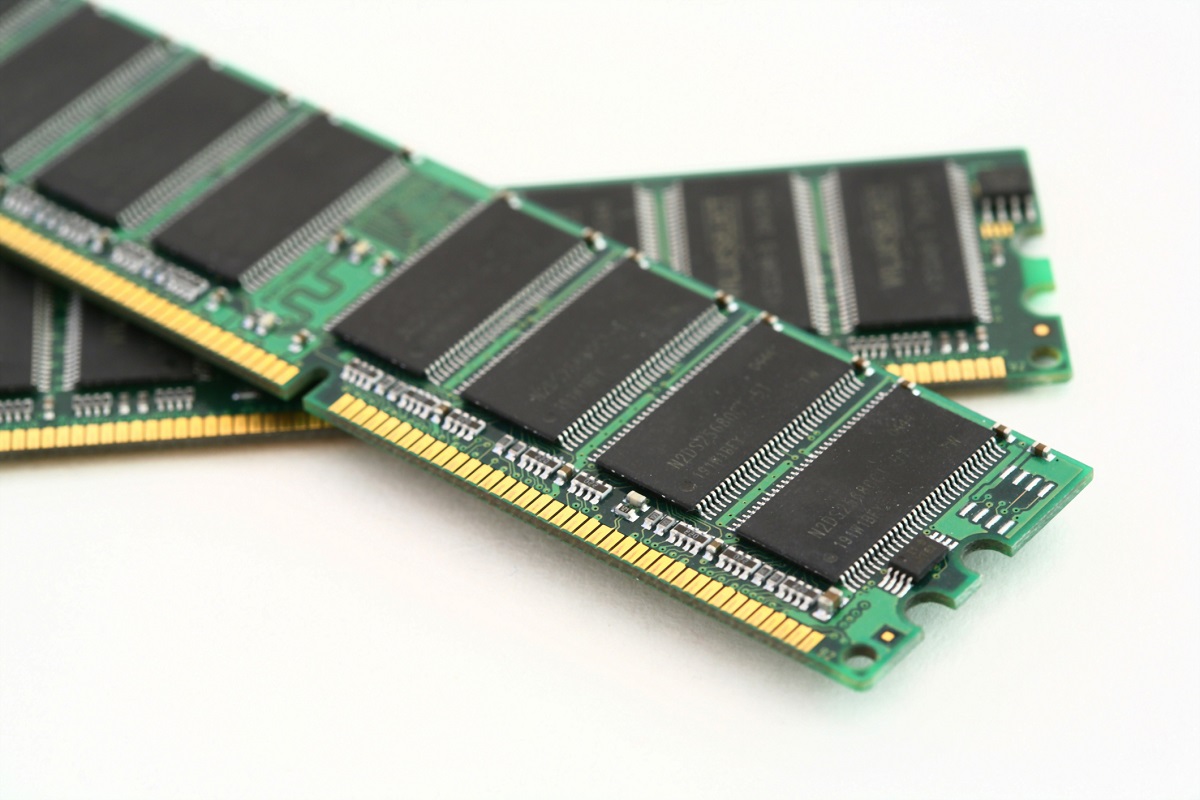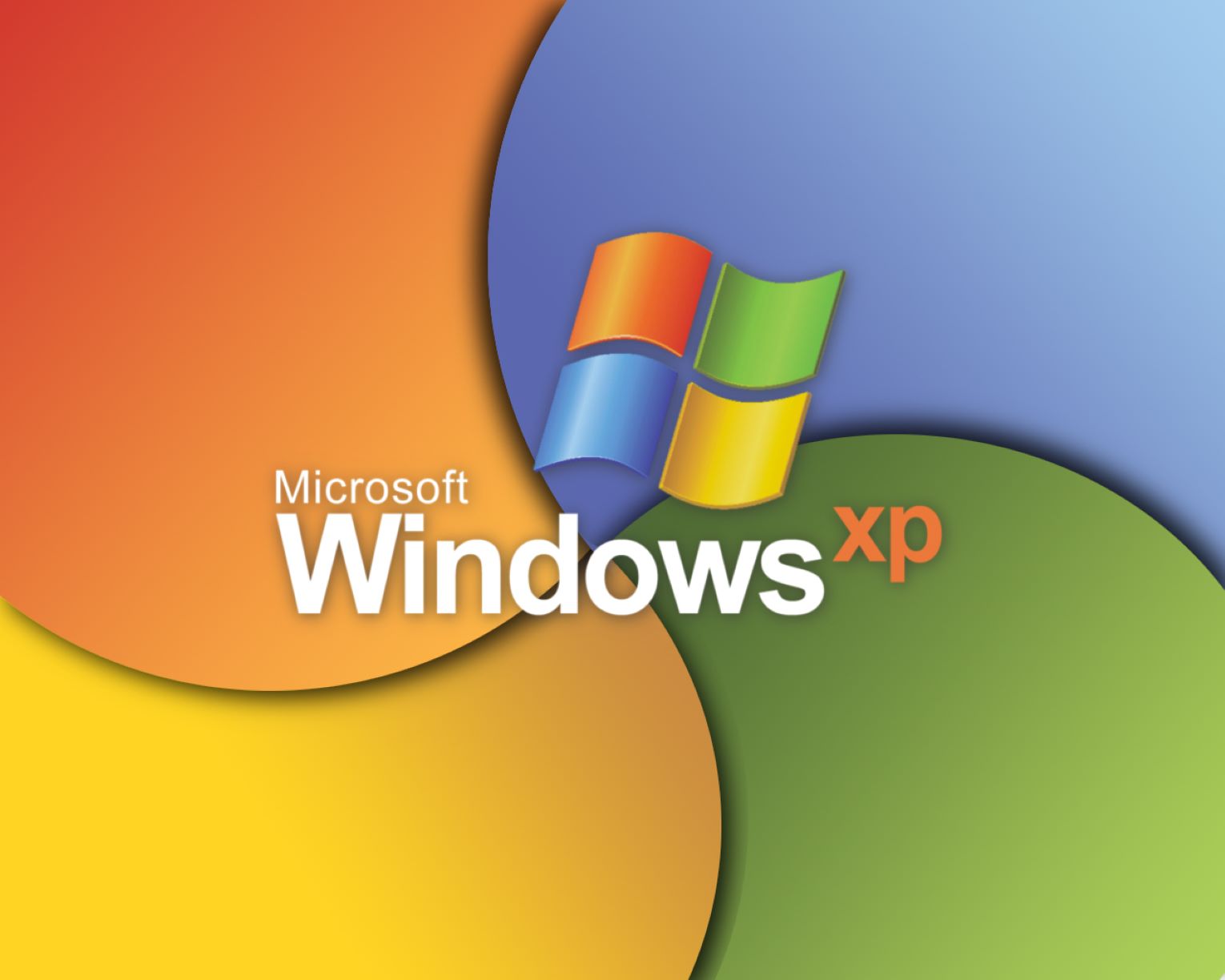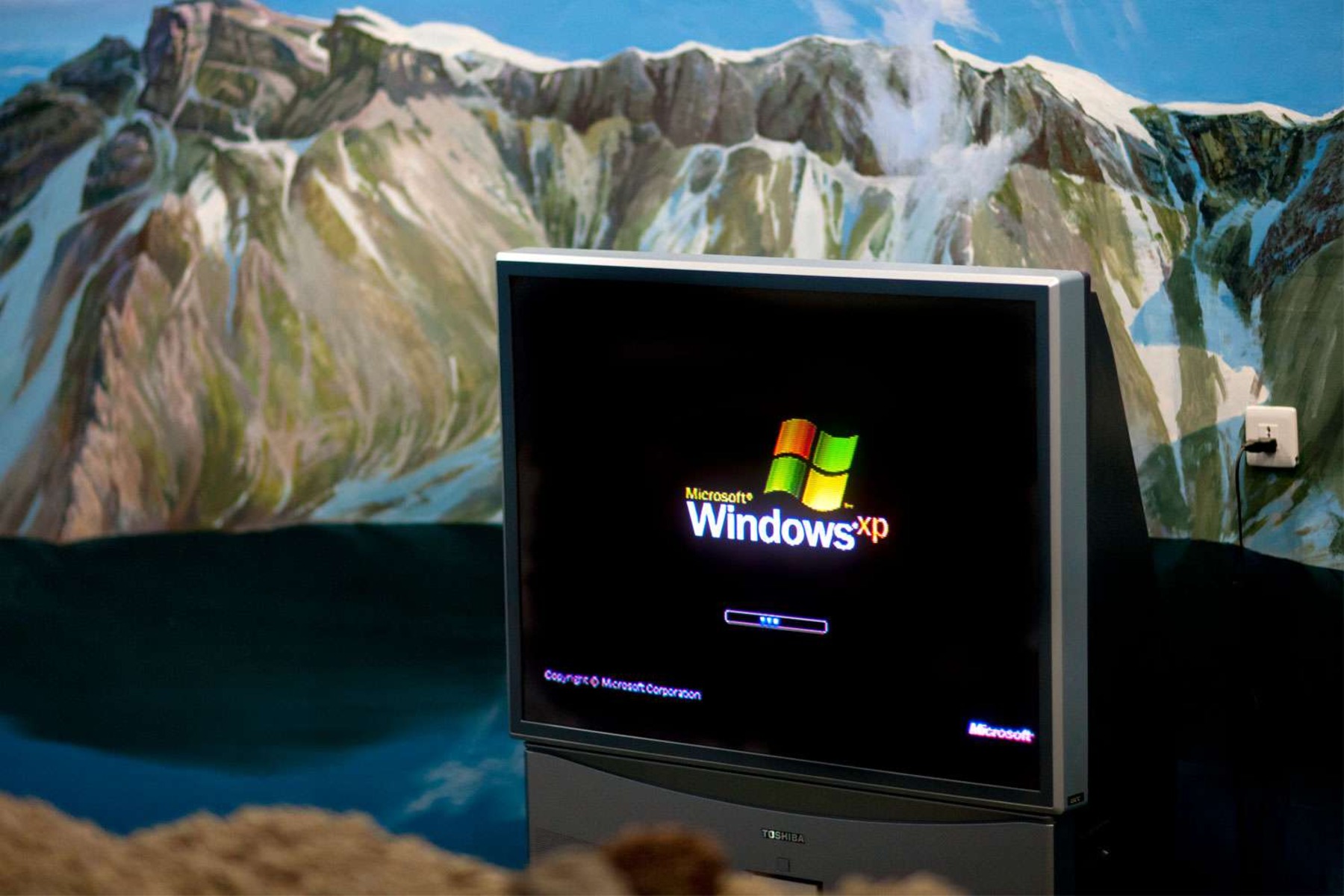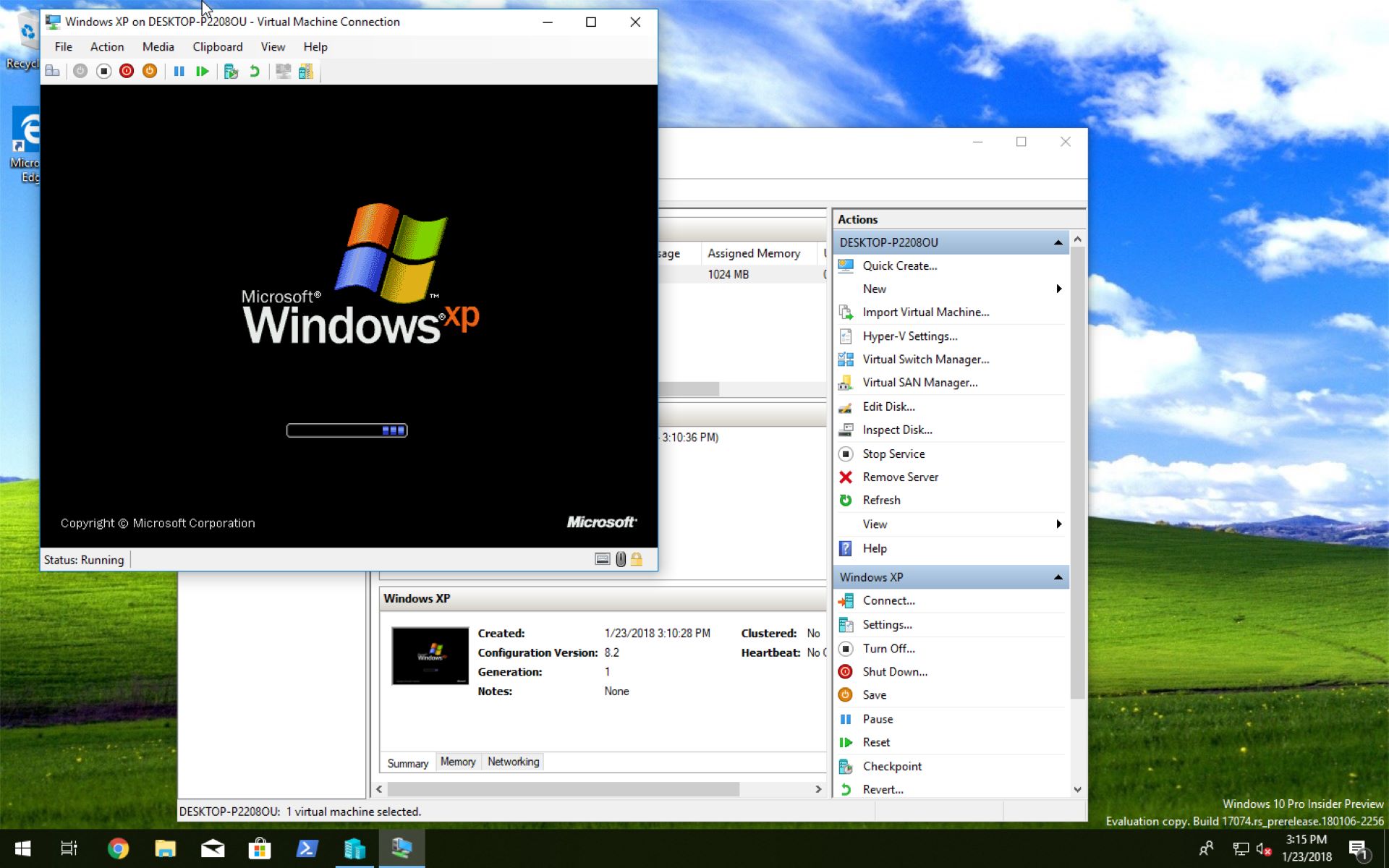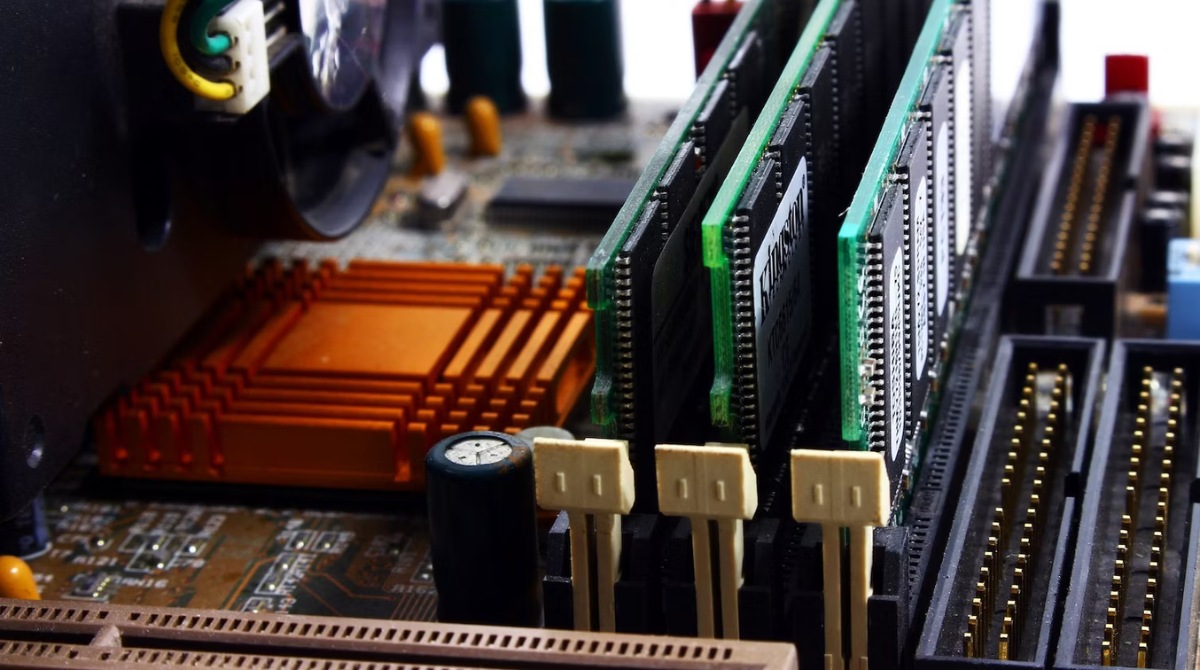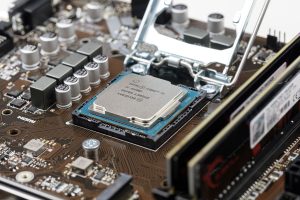Introduction
When it comes to choosing the right operating system for your computer, one of the factors to consider is the amount of RAM required. RAM, or Random Access Memory, plays a crucial role in the performance and efficiency of your operating system. In this article, we will explore the RAM requirements for Windows XP, a popular operating system that was released by Microsoft in 2001 and remained a favorite among users for many years.
Windows XP was designed to work on a wide range of hardware configurations, including both older and newer machines. However, the amount of RAM you have installed on your computer can significantly impact the overall performance of Windows XP. The more RAM you have, the more programs and processes you can run simultaneously without experiencing slowdowns or system crashes.
In the following sections, we will delve deeper into the minimum and recommended RAM requirements for Windows XP, as well as the limitations of the operating system when it comes to utilizing RAM efficiently. We will also discuss how you can upgrade your RAM to optimize the performance of Windows XP.
Whether you have an older computer running Windows XP or you’re planning to set up a virtual machine to experience the nostalgia of this iconic operating system, understanding its RAM requirements is essential. So, let’s dive in and explore how much RAM is needed to run Windows XP smoothly!
RAM Requirements for Windows XP
Windows XP was designed to be a relatively lightweight operating system compared to its successors, such as Windows Vista, 7, and 10. As a result, the RAM requirements for Windows XP are relatively modest, making it a suitable choice for older computers with limited memory capabilities.
The minimum RAM required to run Windows XP is 64 MB. However, this bare minimum is not sufficient to provide a smooth and responsive user experience. With only 64 MB of RAM, the system may struggle to run basic applications and perform tasks efficiently. Therefore, it is highly recommended to have more RAM for optimal performance.
For a more satisfactory user experience, Microsoft recommends having at least 128 MB of RAM. With 128 MB, Windows XP can comfortably handle day-to-day tasks such as web browsing, word processing, and multimedia playback. This amount of RAM allows the operating system to run smoothly and ensures that you can multitask without experiencing significant slowdowns.
If you plan to use Windows XP for more resource-intensive activities, such as gaming or running demanding applications, it’s advisable to have even more RAM. Adding additional memory can provide a noticeable performance boost and enhance your overall user experience. A recommended amount of 256 MB or more is ideal for these purposes.
It’s important to note that the RAM requirements mentioned above are the minimum and recommended levels for basic functionality. It doesn’t take into account any additional software or hardware requirements that specific applications or devices may have. Therefore, it’s always a good idea to check the system requirements of the programs or peripherals you intend to use with Windows XP.
In the next section, we will discuss the limitations of Windows XP when it comes to utilizing RAM efficiently and how this can impact system performance. Understanding these limitations will help you make informed decisions when it comes to upgrading your computer’s memory.
Minimum RAM for Windows XP
While the recommended RAM for Windows XP is 128 MB, the minimum requirement to run the operating system is only 64 MB. However, it’s worth noting that this minimum requirement is not sufficient for a smooth and optimal user experience.
With just 64 MB of RAM, Windows XP may struggle to perform even basic tasks. The system may become slow and unresponsive, and running multiple applications simultaneously could cause significant lag. In addition, certain features and functionalities of the operating system may be disabled or limited due to the lack of memory.
If your computer has only 64 MB of RAM, upgrading to at least 128 MB is highly recommended. This will provide a noticeable improvement in performance and allow you to run applications more smoothly. With 128 MB of RAM, Windows XP can handle everyday tasks such as web browsing, email, and word processing with relative ease.
It’s important to remember that the minimum RAM requirement is just a bare minimum and may limit the capabilities of the operating system. To fully utilize all the features of Windows XP, as well as to run more demanding applications or games, a higher amount of RAM is necessary.
In modern times, it can be challenging to find computers with such low RAM specifications. However, if you are running Windows XP on an older machine or a virtual machine, you may need to consider upgrading the memory to optimize the performance of the operating system.
Upgrading RAM is relatively easy and affordable. Most older computers that were originally designed for Windows XP can handle upgrades to 1 GB or 2 GB of RAM, which would make a significant difference in performance. It’s recommended to consult your computer’s manual or contact the manufacturer for guidance on the maximum RAM capacity your system can support.
In the next section, we will discuss the recommended RAM for Windows XP and how having more memory can further enhance the performance and functionality of the operating system.
Recommended RAM for Windows XP
While the minimum RAM requirement for Windows XP is 64 MB, it is highly recommended to have at least 128 MB of RAM for a satisfactory user experience. With 128 MB, the operating system can handle basic tasks with relative ease. However, for more demanding activities and to fully leverage the capabilities of Windows XP, a higher amount of RAM is advisable.
For optimal performance, Microsoft recommends having a minimum of 256 MB of RAM for Windows XP. With 256 MB, you can run multiple applications simultaneously, browse the web, listen to music, and perform everyday tasks without experiencing significant slowdowns or system freezes. This amount of RAM ensures a smooth and responsive user experience.
If you plan to use your computer for resource-intensive tasks like gaming, video editing, or running complex software applications, you may need even more RAM. Having 512 MB or higher is recommended in such cases. The additional memory allows Windows XP to handle the increased workload and prevents system bottlenecks during heavy usage.
It’s essential to note that while having more RAM can improve overall performance, there may be diminishing returns beyond a certain point. Windows XP, being a 32-bit operating system, has inherent limitations in addressing memory. It can only effectively utilize up to 4 GB of RAM, regardless of how much memory your computer has installed. Adding more than 4 GB of RAM to a Windows XP system will not provide any significant performance gains.
If you are unsure about the RAM requirements for specific applications or games you intend to use with Windows XP, it’s recommended to check their system requirements. Some applications may have their own RAM recommendations, which can be higher than the general recommendations for the operating system.
In summary, the minimum RAM requirement for Windows XP is 64 MB. However, for a smooth and optimal user experience, it is recommended to have a minimum of 128 MB of RAM. Having 256 MB or more is ideal for everyday tasks, while 512 MB or higher is advisable for resource-intensive activities. Beyond a certain point, adding more RAM may not significantly improve performance due to the limitations of the operating system.
In the next section, we will discuss the limitations of Windows XP when it comes to utilizing RAM efficiently and how this can impact system performance.
RAM Limitations of Windows XP
While Windows XP has relatively modest RAM requirements, it is important to understand the limitations of the operating system when it comes to utilizing memory efficiently.
One of the primary limitations of Windows XP is its 32-bit architecture. As a 32-bit operating system, Windows XP can only effectively utilize up to 4 GB of RAM. Even if you have more than 4 GB of RAM installed on your computer, Windows XP will not be able to fully take advantage of the additional memory. This is because 32-bit systems use a memory addressing system that can only access up to 4 GB of RAM.
Furthermore, certain hardware devices and drivers may take up a portion of the available memory, further reducing the amount of RAM that Windows XP can utilize. This means that even if you have 4 GB of RAM installed on your computer, Windows XP may only be able to utilize a smaller portion of it.
Another limitation of Windows XP is its inability to efficiently manage larger amounts of RAM. As the size of RAM increases beyond a certain point, Windows XP may experience diminishing returns in terms of performance benefits. The operating system may struggle to effectively distribute and utilize the available memory, resulting in reduced efficiency and minimal performance improvements.
It’s also worth mentioning that Windows XP may not be able to fully utilize the speed and capabilities of newer, high-performance RAM modules. If you have advanced DDR4 or DDR5 RAM modules installed on your computer, Windows XP may not be able to fully harness their speed and performance capabilities since it was designed to work with older generation RAM modules.
Despite these limitations, upgrading your RAM can still provide benefits when running Windows XP. Having more memory allows you to run multiple applications simultaneously, reduces the likelihood of system slowdowns when multitasking, and improves overall system responsiveness. Additionally, having more RAM can help extend the usable lifespan of an older computer running Windows XP by optimizing its performance for modern applications.
In the next section, we will discuss the steps you can take to upgrade the RAM in your Windows XP computer and reap the benefits of increased memory capacity.
Upgrading RAM for Windows XP
If you are running Windows XP on an older computer or a virtual machine and want to improve its performance, upgrading the RAM is a relatively simple and cost-effective solution.
Before upgrading your RAM, it’s important to check the maximum supported RAM capacity of your computer. This information can usually be found in the computer’s manual or by visiting the manufacturer’s website. Knowing the maximum limit will help you determine how much RAM you can add to your system.
Most older computers that were originally designed for Windows XP can typically support RAM upgrades of 1 GB or 2 GB, while some higher-end models can even go up to 4 GB. Upgrading to the maximum supported RAM capacity will provide a noticeable performance boost and allow your computer to handle more demanding applications with ease.
Here are the steps to upgrade your RAM for Windows XP:
1. Determine the type and speed of the RAM: Depending on your computer’s specifications, you will need to purchase the appropriate type of RAM module. Common types include DDR, DDR2, and DDR3. Additionally, check the speed rating of your existing RAM and try to match it for optimal compatibility.
2. Power off your computer and unplug it: Before performing any hardware upgrades, it’s crucial to shut down your computer and disconnect it from the power source to avoid any potential damage.
3. Locate the RAM slots: Open your computer’s case and locate the existing RAM slots. Most computers have the RAM slots near the processor or in a separate compartment.
4. Remove the old RAM modules: Gently push the clips on the sides of the RAM modules to release them from the slots. Carefully remove the old RAM modules from the computer.
5. Install the new RAM modules: Insert the new RAM modules into the vacant slots, aligning the notch on the module with the corresponding slot. Apply gentle pressure until the module clicks into place. Ensure that both ends of the modules are properly secured.
6. Close the computer case and power it on: Once you have installed the new RAM modules, close the computer case and reconnect all cables. Power on your computer and let it boot up.
7. Verify the new RAM installation: To confirm that the new RAM is recognized by your computer, right-click on the “My Computer” or “Computer” icon and select “Properties.” The displayed system information should indicate the new RAM capacity.
By upgrading the RAM in your Windows XP computer, you can enjoy improved performance, smoother multitasking, and better overall system responsiveness. This simple hardware upgrade can breathe new life into your older machine and enhance your user experience.
In the next section, we will wrap up our discussion on Windows XP RAM requirements and conclude with a summary of the key points discussed throughout the article.
Conclusion
In conclusion, understanding the RAM requirements for Windows XP is essential for optimizing the performance of this iconic operating system. While the minimum RAM requirement for Windows XP is 64 MB, it is highly recommended to have at least 128 MB for a satisfactory user experience. Having 256 MB or more is ideal for everyday tasks, while 512 MB or higher is advisable for resource-intensive activities.
Windows XP has certain limitations when it comes to utilizing RAM efficiently. Its 32-bit architecture restricts the operating system from effectively using more than 4 GB of RAM. Additionally, the system may not fully harness the speed and capabilities of newer high-performance RAM modules.
Despite these limitations, upgrading the RAM in your Windows XP computer can provide significant benefits. More memory allows for smoother multitasking, faster application launches, and improved system responsiveness. Upgrading the RAM is relatively simple and cost-effective, and it can help extend the usable lifespan of an older computer running Windows XP.
Before upgrading your RAM, ensure that you check the maximum supported RAM capacity of your computer and purchase the appropriate type and speed of RAM modules.
In this article, we have explored the RAM requirements for Windows XP, discussed the minimum and recommended RAM amounts, and highlighted the limitations of the operating system when it comes to utilizing memory efficiently. We have also provided guidance on upgrading the RAM in your Windows XP computer.
Whether you are using Windows XP on an older computer or in a virtual machine for nostalgic purposes, having the right amount of RAM is crucial for achieving optimal performance. By understanding and meeting the RAM requirements, you can ensure a smoother and more enjoyable experience with Windows XP.
So, if you’re ready to enhance the performance of your Windows XP system, consider upgrading your RAM and unlock the full potential of this iconic operating system.









